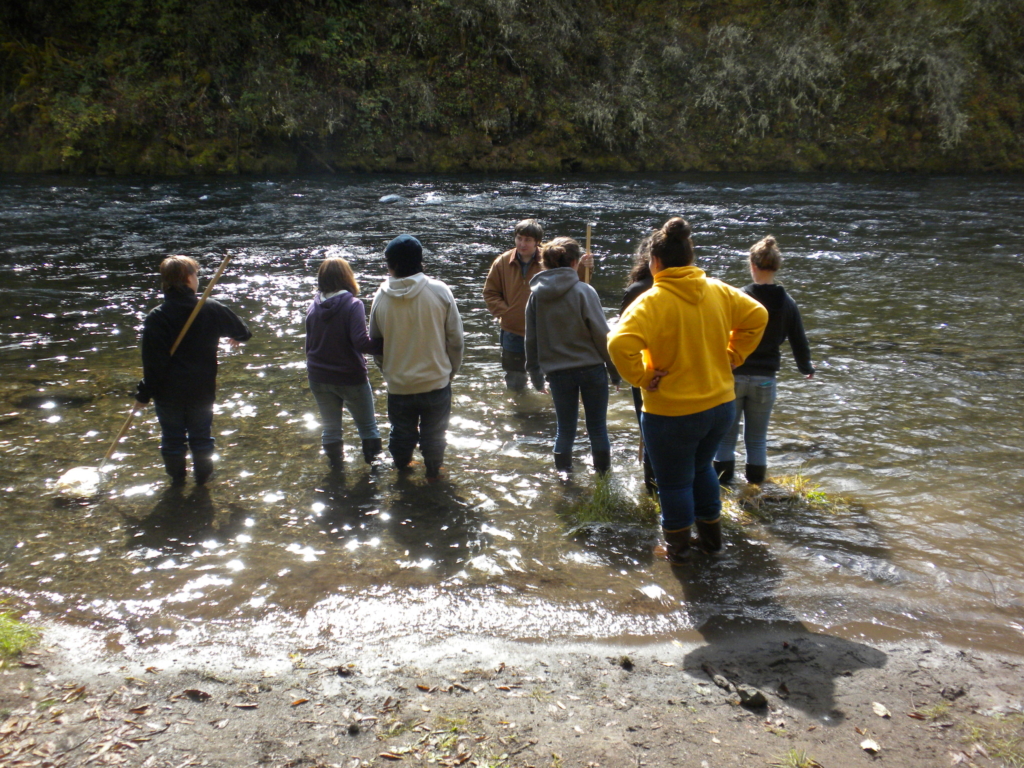
Marion SWCD has an extensive list of educational kits you can borrow for up to two weeks. Kits include lesson plans, materials and supplies you need to bring environmental education to life for your students. Lesson plans are available in English and in Spanish.
How’d That Get in My Lunchbox?
Grades K-4
This is the story of food. Students will explore the question ‘Where does our food come from?’ Grocery store is not the correct answer! This read-aloud book will educate students on how food is produced and how it gets on our plates. Littlegreenthumbs.org provides extension activities for this book which makes the lessons fun and accessible.
Observation Hike
Grades K-4
Students will use all their senses to encounter outdoor habitats. Hands-on observation will lead them to make new discoveries about their connection to nature.
Plants and Trees for Me!
Grades K-4
Learn about the characteristics of plants and trees.
Compare different types of plants, learn about their lifecycles and how they make their own
food!
Furs and Skulls
Grades K-12
Students will discover how to identify local wildlife species through furs and skulls. Touch the fur of an American beaver, touch North Americas only marsupial, and learn about habitat and adaptations of Oregon wildlife through this fun hands-on program.
Powerful Pollinators
Grades K-5
Why are insects important? This program utilizes books, movement, participation to teach students about the importance of insects and their role in the ecosystem. Students will discover what adaptations insects have to survive, they will learn how some insects communicate, and discover how insects connect the food web.
Geology Rocks!
Grades K-5
Students can really rock during this experiential class! Students will determine characteristics of metamorphic, sedimentary, and igneous rocks. They will understand the rock cycle and discover our bedrock and soil types based upon local geology.
Soil Secrets
Grades K-8
Dig-in to the exciting world of soil! Students can discover the soil horizons, conduct the ribbon test, and uncover the living soil. Students will observe soil samples and use tools to identify living organisms and uncover the secrets in healthy soil.
Soil Field Studies
Grades 4-12
Discover the world beneath your feet! Includes hands-on observations of soil color, texture, and biology. Includes infiltration test and soil cleans water demo. Great for Outdoor School or outdoor classroom.
Birding Basics
Grades K-8
Learn the very basics of being a good bird watcher. Learn how to use binoculars, how to identify local bird species, and how birds fit into the ecosystem.
Native or Noxious
Grades 4-12
Plants are the foundation in which our ecosystems are built. Students will learn the terms: native, non-native, noxious, invasive. Students will identify 8 invasive species in the valley and discover 3 native species that benefit wildlife and habitat. An interactive game will help students understand how invasive plants can outcompete for resources.
Aquatic Macroinvertebrates
Grades 4-12
Learn about aquatic habitats, insect lifecycles, food webs and water quality through hands-on exploration of macroinvertebrates (insects you can see without a microscope). Students will learn to use field guides, understand metamorphosis, link the importance of macros to salmon and other animals, describe water quality indicators and calculate a rating/score for stream health.
What is a Watershed?
Grades 5-12
This is a classroom-based tour of a virtual watershed. Students will learn about stream ecology, water quality and their own connection to a watershed through testing, data sheets, and games.
Request to Borrow a Program Bin
Program bins may be borrowed for up to two weeks. Fill out this form to request a bin. You should hear back from us within 48 hours.
